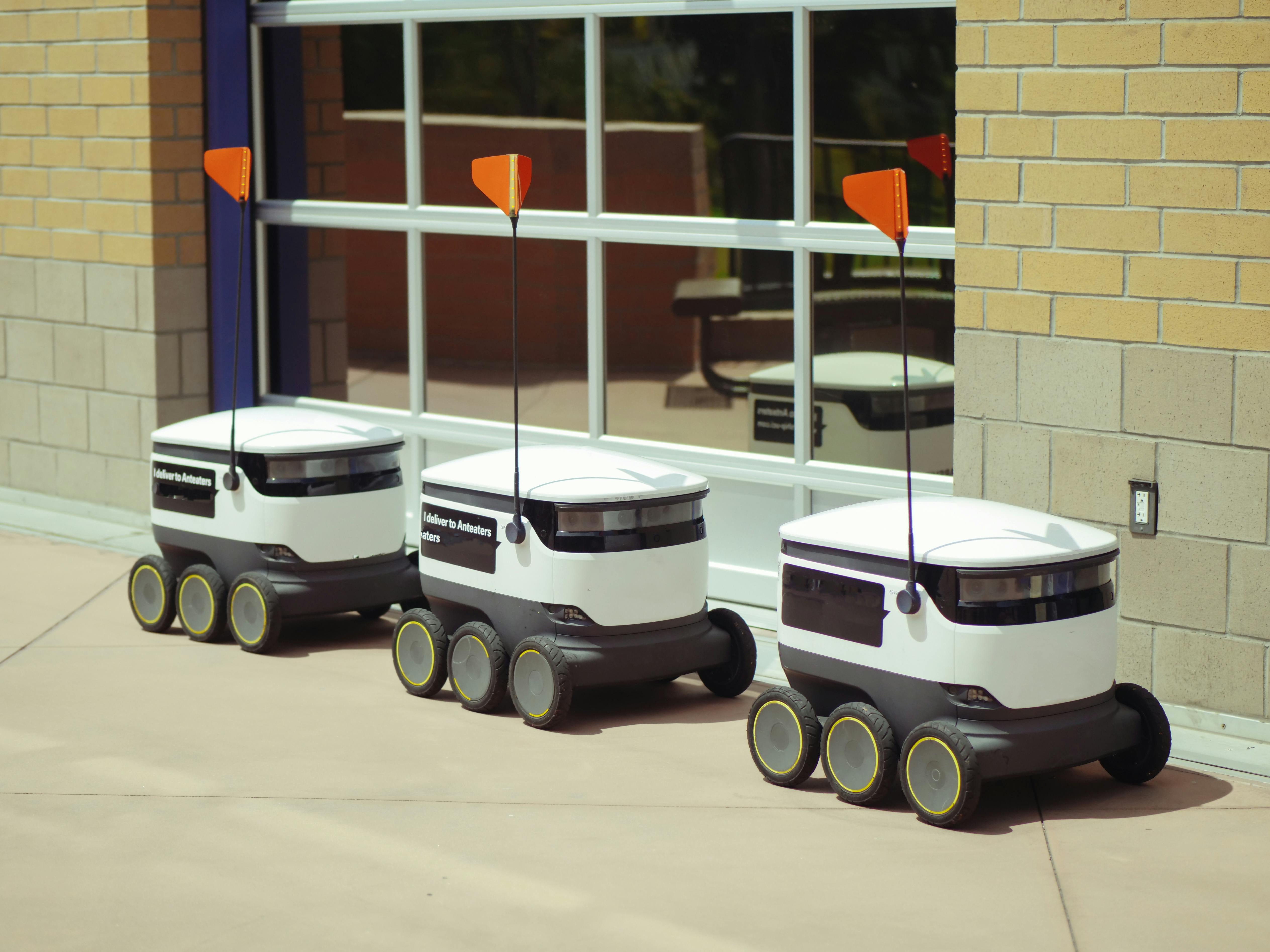The Challenge of Route Optimization
When we set out to build a route optimization solution for our logistics platform, we faced a dual challenge. On one hand, we needed powerful algorithms capable of solving complex optimization problems. On the other, we needed an intuitive interface that would allow logistics planners to manually refine these routes based on their expertise and real-world constraints that algorithms might miss.
Route optimization is fundamentally a variant of the Traveling Salesman Problem (TSP) - one of the most studied problems in computational optimization. But real-world logistics adds layers of complexity: time windows, vehicle capacities, driver availability, traffic patterns, and many other constraints that make this far from a theoretical exercise.
"The best logistics solutions combine algorithmic power with human expertise. Our challenge was creating a system where these could seamlessly work together."
Architectural Decisions
One of our first key decisions was the technology stack. While our frontend systems were built on React, we made the strategic choice to implement our optimization algorithms in Python. This decision was driven by several factors:
- Python's rich ecosystem of scientific and optimization libraries (NumPy, SciPy, OR-Tools)
- The ability to create a standalone service that could be called independently by any system
- Faster prototyping and iteration of complex algorithms
- Potential for future AI/ML enhancements to the optimization process
By decoupling the optimization engine from the user interface, we gained the flexibility to evolve each component independently. Clients could integrate directly with our optimization API if they wished, or they could use our full-featured route editor interface.
The Algorithm Challenge
Building the optimization algorithm wasn't simply about implementing a standard TSP solver. We needed to handle multiple vehicles, complex constraints, and prioritize various business objectives.
Our solution evolved to use a hybrid approach:
- Initial clustering of delivery points based on geographic proximity and time windows
- Vehicle assignment based on capacity constraints and vehicle capabilities
- Route optimization within each vehicle's assigned stops
- Global optimization across all routes to balance workloads
The result was an algorithm that could generate high-quality initial solutions within seconds, even for problems with hundreds of delivery points and dozens of vehicles.
The Interactive Editor
As powerful as our algorithms were, we recognized that the human element remains invaluable in logistics planning. Sometimes a driver knows a shortcut that isn't on any map, or a customer has special handling requirements that aren't captured in the data.
This is where the interactive editor came in. Built with React and leveraging modern mapping libraries, our editor allows planners to:
- Visualize optimized routes on an interactive map
- Drag and drop deliveries between routes
- Manually resequence stops within a route
- Lock certain assignments before re-optimizing
- Apply manual constraints that the algorithm should respect
One particularly challenging aspect was handling the re-optimization that occurs when a planner moves a delivery from one route to another. This operation effectively creates two new TSP problems - one for each affected route. We needed to solve these efficiently without disrupting the user experience.
Real-time Updates and Collaborative Planning
Modern logistics planning is rarely done by a single person in isolation. We implemented real-time updates and collaborative features that allow multiple planners to work on route optimization simultaneously.
When one user makes a change, others see those updates in real-time. This was implemented using WebSockets to push changes to all connected clients, with careful conflict resolution to handle situations where multiple users might be adjusting the same routes.
Lessons Learned
Perhaps the biggest lesson from building our route optimization solution was the importance of balancing algorithmic sophistication with usability. Early versions of our system produced mathematically optimal routes that planners would immediately rework because they didn't account for real-world constraints.
By involving logistics experts throughout the development process, we were able to identify those "unwritten rules" that experienced planners apply intuitively, and incorporate them into our algorithms.
"The best technology doesn't replace human judgment - it amplifies it. Our route optimization system works because it combines powerful algorithms with the irreplaceable knowledge of experienced logistics professionals."
Future Directions
As we continue to evolve our route optimization solution, we're focusing on several exciting enhancements:
- Machine learning components that learn from planner adjustments to improve future optimizations
- Real-time traffic and weather integration to dynamically update routes during execution
- Predictive analytics to anticipate potential delivery issues before they occur
- Enhanced mobile interfaces for drivers to provide feedback that improves route planning
By continuing to refine both the algorithmic and human interface aspects of our system, we're building a route optimization solution that delivers real business value in the complex world of modern logistics.


